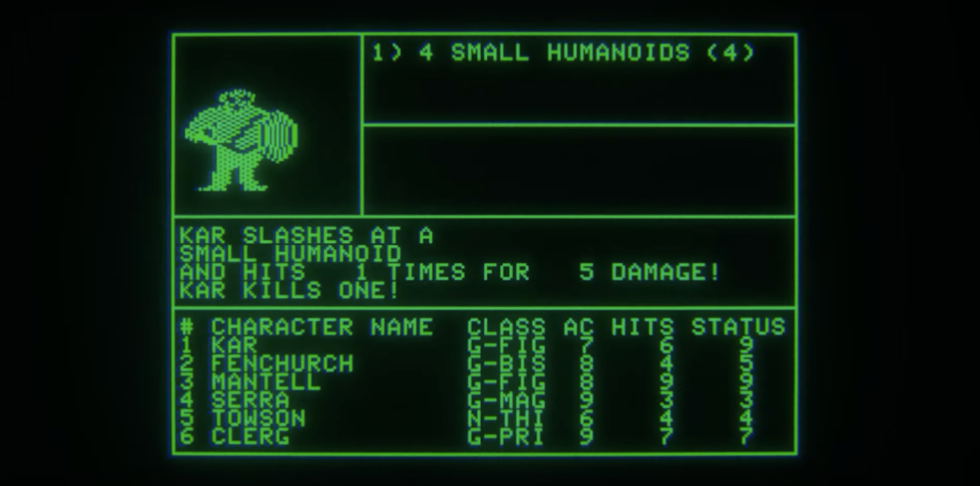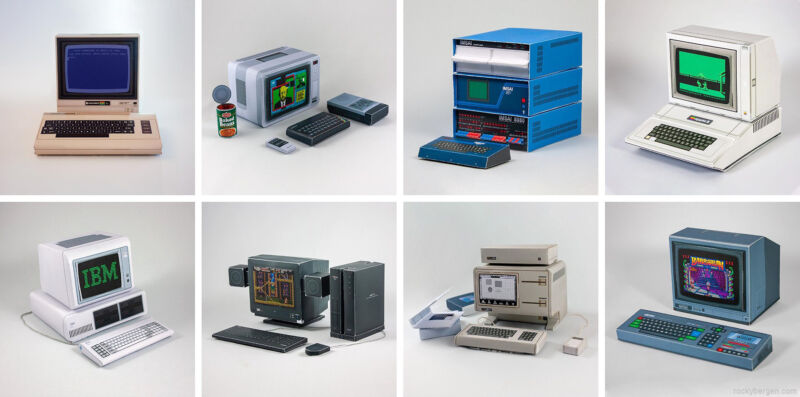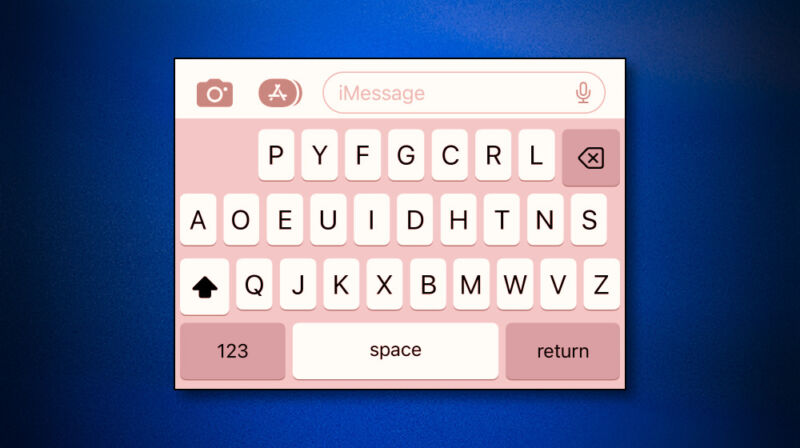-
 chevron_right
chevron_right
Wozamp – Un lecteur audio rétro pour Apple II
news.movim.eu / Korben · Wednesday, 10 April - 08:57 · 1 minute
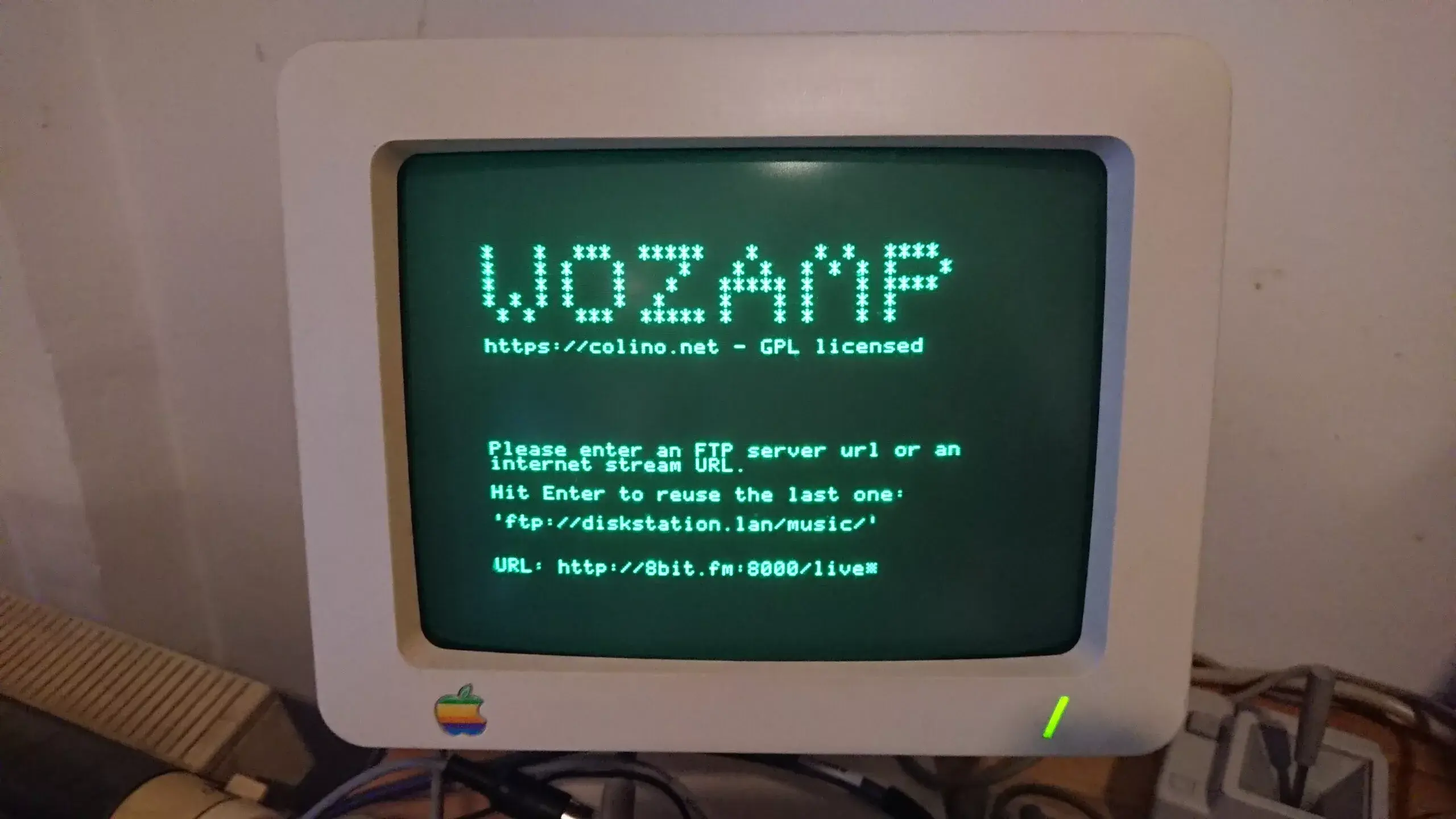
Ah, les joies de la technologie vintage ! Si vous êtes un passionné d’informatique old-school, vous allez adorer projet qui permet d’écouter une playlist sur un bon vieux Apple II !
Conçu par l’ingénieux Colin Leroy , Wozamp est un petit logiciel qui transforme votre Apple II en un véritable jukebox des années 80. Bon, on ne va pas se mentir, les capacités audio de cette vénérable machine sont loin d’égaler celles de nos smartphones dernier cri mais, on s’en fiche ! L’important, c’est de pouvoir se la péter en soirée avec son Apple II et de montrer à tous ces jeunes que la musique, c’était mieux avant (même avec un son pourri).
Pour faire tourner Wozamp, vous n’aurez besoin *que* d’un Apple II équipé d’une carte série et d’un serveur proxy nommé surl-server . Ce dernier se charge de transcoder et de rééchantillonner la musique pour qu’elle soit bien digérée par le processeur de la machine. Et le résultat est étonnamment satisfaisant !
Une fois Wozamp installé, vous pouvez parcourir vos répertoires musicaux partagés via FTP, lire des fichiers audio dans presque tous les formats, et même écouter des webradios. Le lecteur affiche également les pochettes d’album, les métadonnées et dispose même d’un VU-mètre pour vous donner l’impression d’être un vrai DJ.
Bien sûr, avec un taux d’échantillonnage de 11,52 kHz et un DAC 5 bits, on est loin de la Hi-Fi. Mais écouter « Never Gonna Give You Up » de Rick Astley sur un ordinateur qui a vu le jour avant même la naissance du chanteur, c’est beau.
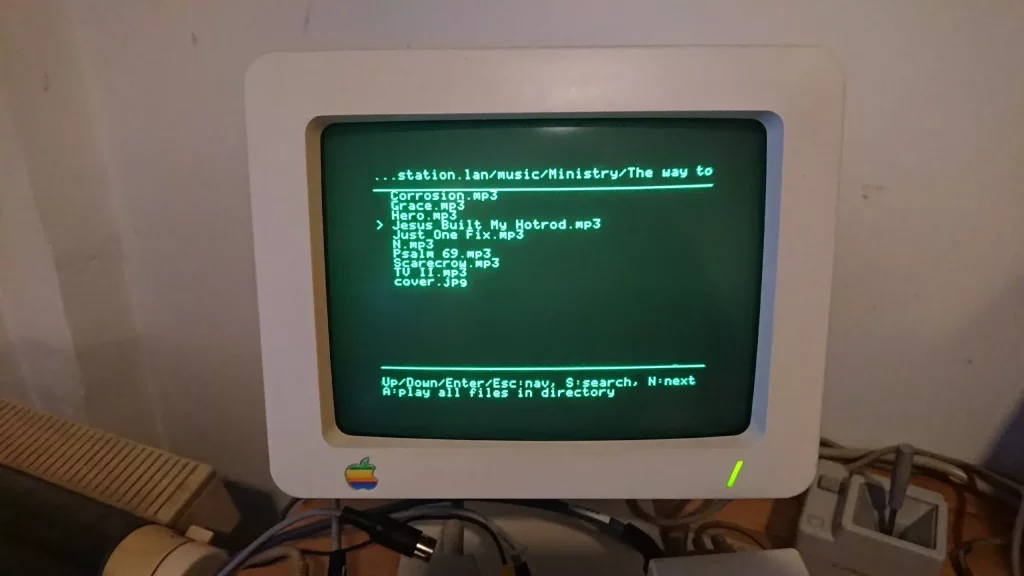
Au final, Wozamp est un projet aussi inutile que génial . C’est le genre de truc qui ne sert à rien, mais qui fait quand même plaisir parce que ça nous rappelle une époque où l’informatique était encore un truc de passionnés, où il fallait bidouiller pendant des heures pour arriver à un résultat médiocre . Et c’est ça qui est bon !
Bref, si vous avez un Apple II qui prend la poussière dans votre garage, n’hésitez pas à lui redonner une seconde jeunesse, comme ça, vous pourrez enfin écouter vos MP3 comme en 1977, avec la classe en plus.



